iPad vs Samsung tablets: which should you buy?
Thinking about buying a tablet? We pit iPad vs Samsung tablets to help you decide which is the best tablet for you.
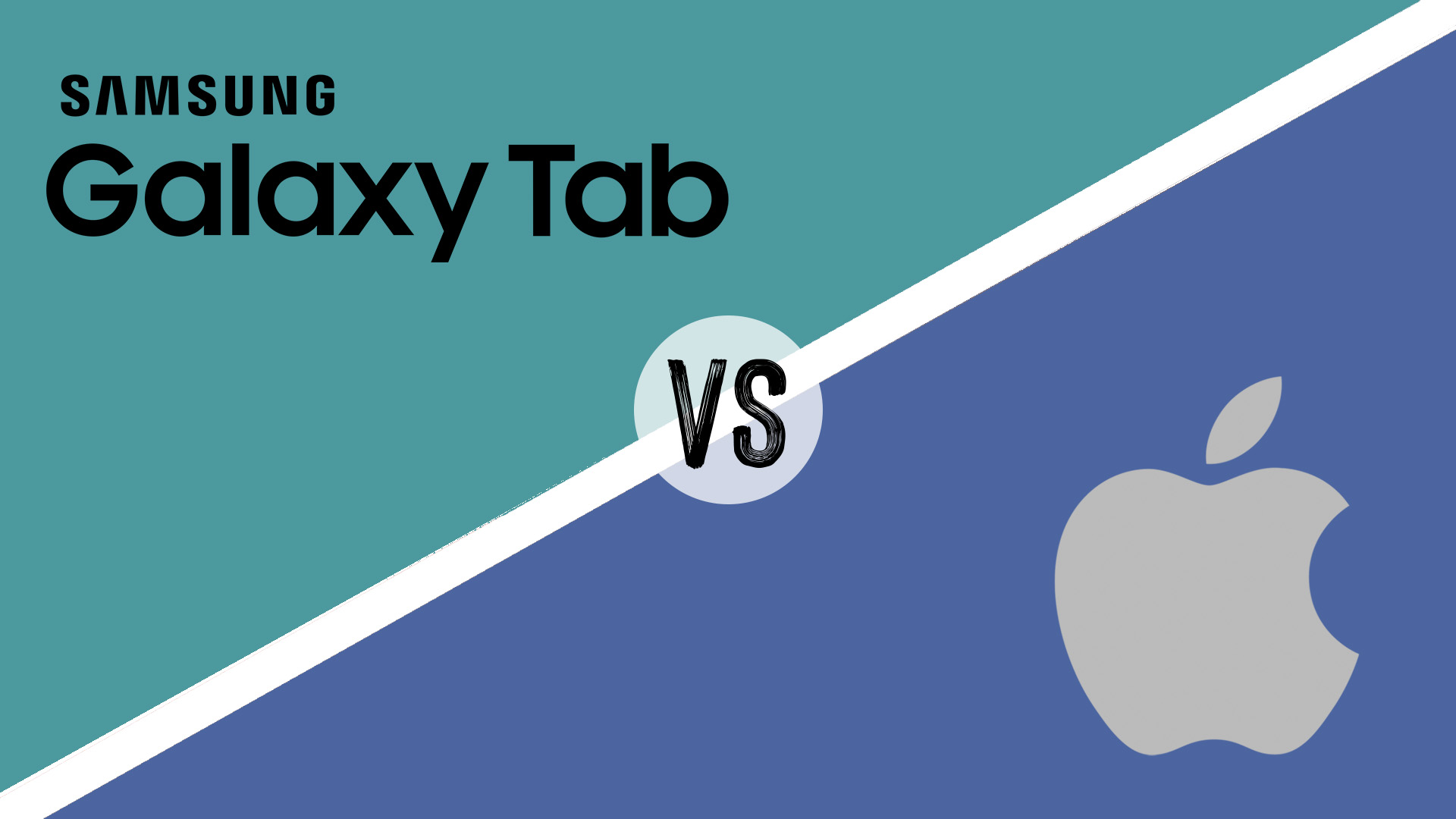
If you're weighing up iPad vs Samsung tablets, you've got quite a few factors to consider. Both Apple and Samsung have been producing tablets for a long time and have built up their ranges considerably. Both manufacturers produce high-powered pro-level devices suited for creative work, cheap and accessible tablets for the everyday user, and more or less everything in between
So, how to choose? We've compared Apple iPads vs Samsung Galaxy tablets to help you make a decision. Our team reviews every major tablet released by both Apple and Samsung, and so we've drawn on the results of our testing to help weigh up the pros and cons of Apple and Samsung's flagship tablets. Each has its advantages and drawbacks.
Read on to see our comparison of iPads vs Samsung tablets, focusing on the the top-end tablets from each brand. If you want to go more in-depth with the different iPads on offer, then our iPad generations article may be useful, and we also have guides to the best Android tablets and the best iPad alternatives, which feature Samsung models.
iPad vs Samsung tablets: high-end
If you’re a creative professional such as an illustrator, animator, photographer, video editor or whatever else, a top-end tablet can be a hugely useful tool. With Apple that means the iPad Pro or iPad Air, both of which use Apple's own chips for faster performance. Apple's products have seen a considerable boost in performance across the board since the firm brought its silicon chip production in-house, beginning with the M1. The most powerful iPad you can buy right now is the 2024 iPad Pro, which uses an M4 chip., and nipping at its heels is the 2025 iPad Air, which uses an M3.
Samsung's top tablets, meanwhile are the Galaxy Tab range. The best and newest Samsung tablets are the Galaxy Tab S10 series, first released in September 2024. The first two variants released were the Samsung Galaxy Tab S10+, and the largest and most powerful Samsung Galaxy Tab S10 Ultra. In 2025, Samsung followed up with the Galaxy Tab S10 FE and FE+, more affordable all-rounder versions with slimmed-down specs.
Apple iPad Pro (M4, 2024) vs Samsung Galaxy Tab S10 Ultra
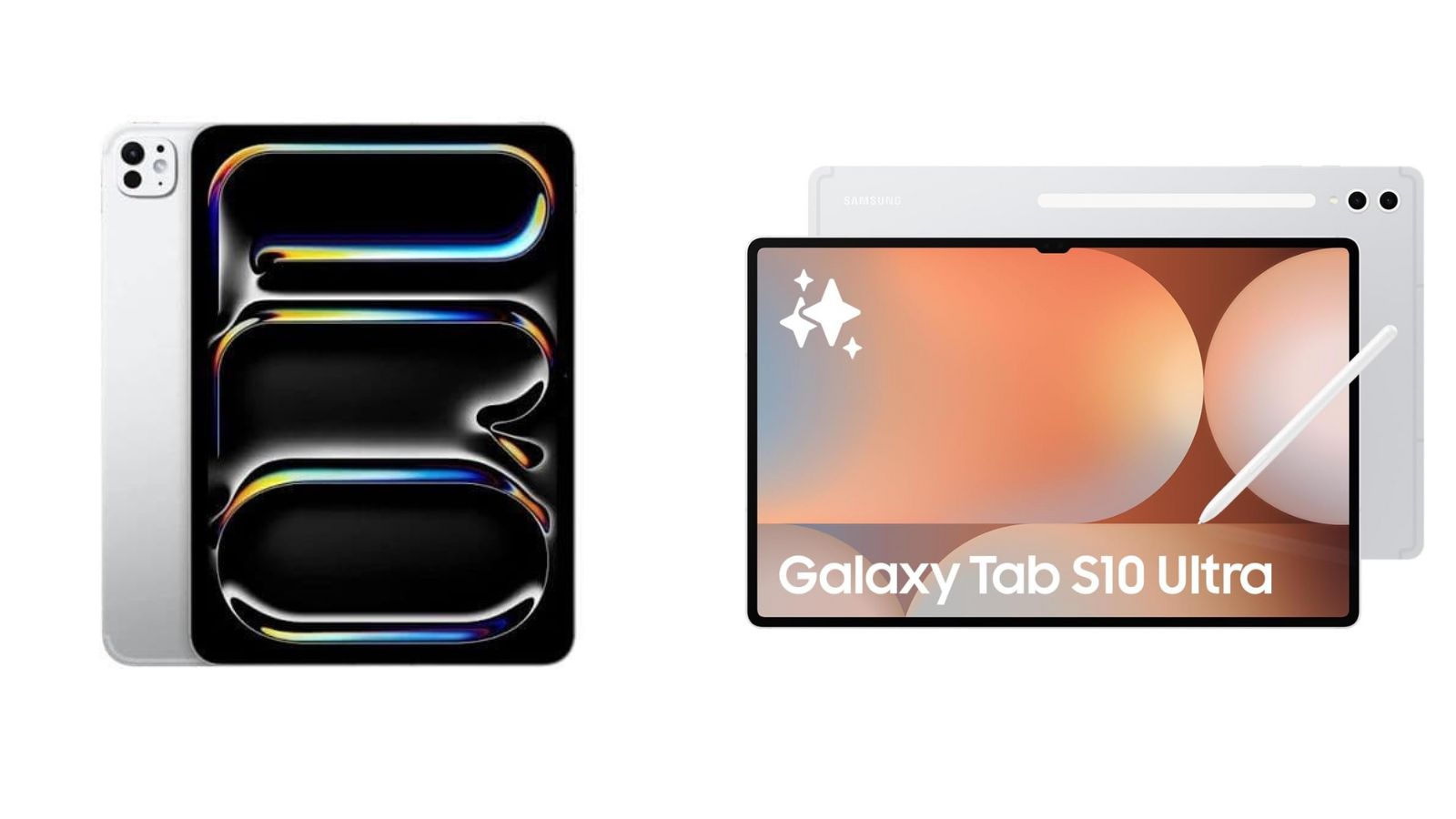
If you're looking to get the top-of-the-line tablet from either Apple or Samsung, you're looking at choosing between the Apple iPad Pro (M4, 2024) or the Samsung Galaxy Tab S10 Ultra.
First, the iPad. The 2024 iPad Pro is an insanely powerful piece of creative hardware – to the point where it's potentially going to be overkill for some users. Its M4 chip made mincemeat of our benchmark tests, and all creative apps performed faultlessly – even demanding 3D modelling and video editing software. The 13-inch Ultra Retina XDR display, meanwhile, is gorgeously bright and smooth thanks to new OLED technology, and somehow all this is housed in a body just a handful of millimetres thick. This is undoubtedly the best iPad for art.
Daily design news, reviews, how-tos and more, as picked by the editors.
The Samsung Galaxy Tab S10 Ultra, meanwhile, is not quite as powerful, and is also larger and thicker. It does have a few advantages of its own however – chiefly that luxurious 14.6-inch screen (the iPad's is 13-inch). The AMOLED display delivers vivid colours and a sprightly 120 Hz refresh rate, and while it does make the tablet somewhat unwieldy, creatives who want as much surface area as they can get are going to be in heaven. It's also worth noting that Samsung has been much more bullish than Apple on incorporating AI features like sketch-to-image, automatic transcription and note-assist.
Price-wise, there is a difference. The 13-inch iPad Pro M4 starts at £1,299 / $1,299 for the base configuration, and this cost can rise quickly and sharply if you start upgrading components like storage or RAM. The Galaxy Tab S10 Ultra, meanwhile, starts at $1,199 / £1,199 – and what's more, the Samsung comes with its S Pen stylus packaged in, while the iPad forces you to pay extra if you want a Pencil (more on which in the next section). That means as a creative you're looking at a £200 / $200 difference, which is not nothing. Also, remember this is just retail price – discounts do happen, and they're more common on the Samsung.
Ultimately though, the latest iPad has the same advantage that basically every generation of iPad has had over its Android counterparts. iPadOS remains a smoother operating experience that Android's tablet version. Apps are more reliable and the experience is generally better optimised for tablets. Android simply remains less polished on tablets than it is on phones. Though with that said, the Android-running Samsung tablet does gives us more freedom and customisability.
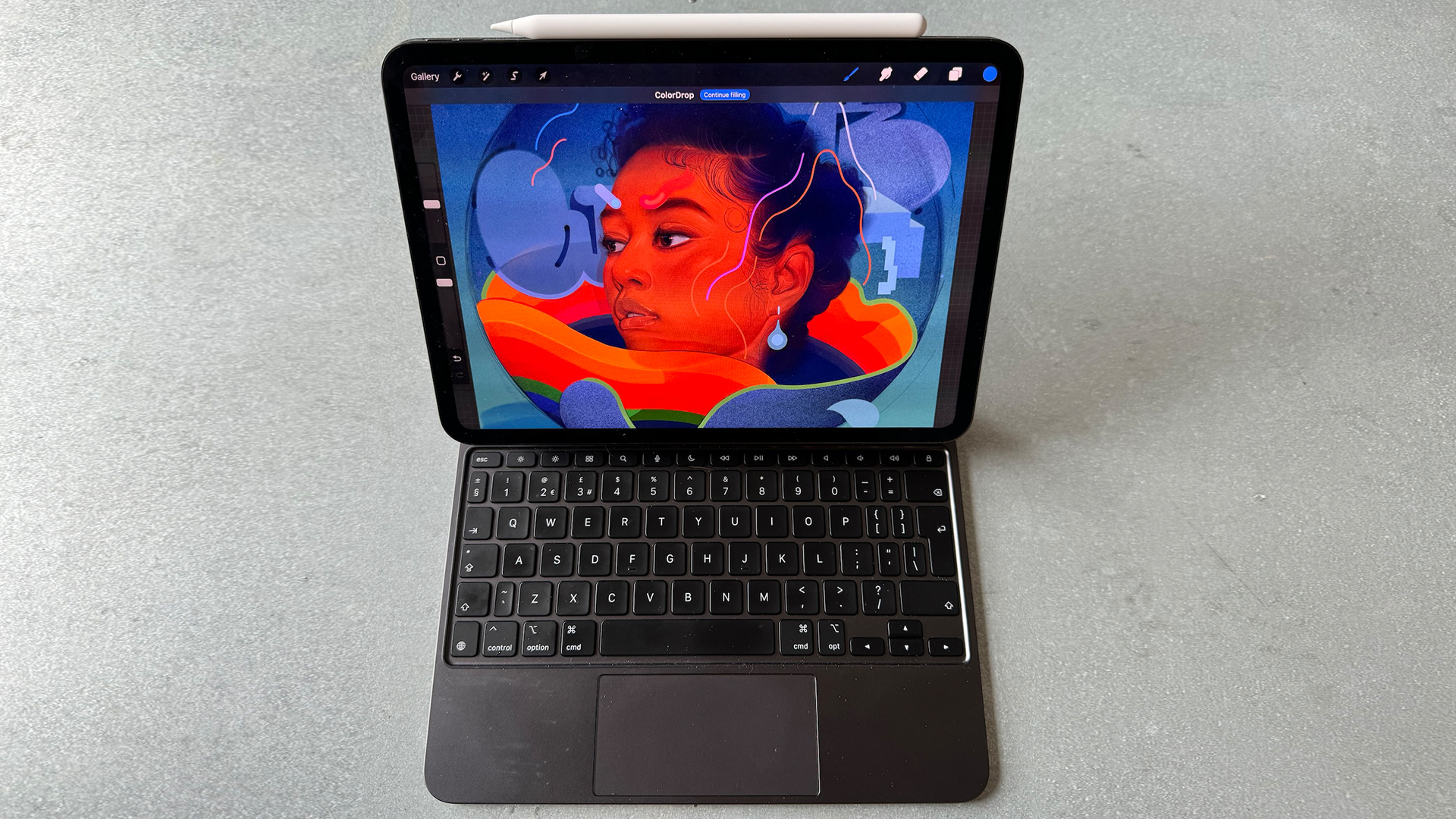
We could directly compare more tablet models from the two firms, but we found the same story to be very much the same when comparing Samsung Galaxy Tab S10+ vs the iPad Pro's 11-inch version – the tablets are fairly closely matched for price and features, with the the Apple tablet providing a smoother, faster and more polished experience overall, and the Samsung tablet offering more freedom and customisability for a slightly but noticeably lower price.
You could also compare the iPad Air M3 with the Samsung Galaxy Tab S10 FE+, though this is a little less like-for-like. The iPad Air is significantly more powerful, almost to the point of the Pro, but it's also quite a bit more expensive, starting at $799 / £799 for the 13-inch version without any accessories. The Samsung Galaxy Tab S10 FE+, meanwhile, starts at £499/$649, and that's with the S-Pen already in the box.
Below, we look at a few key features of each tablet range to get a broader idea of the differences at play.
iPad vs Samsung tablets: storage options
The cheapest version of each tablet will be the one with the least storage. However, while it may appear from the boxes that the cheapest Galaxy Tab S10 Ultra and iPad Pro M4 both start at 256GB storage, that isn’t the whole story. That's because the Galaxy Tab S10 Ultra, like most Samsung tablets, has a microSD card slot. It's not the fastest, with a maximum read/write speed of 100MB/s, but it still gives you much more flexibility in terms of your storage.
The iPad’s stubborn lack of an SD slot has been a sore point with enthusiasts for some time – while you can of course use cloud storage, it isn't the same as having a solid local storage option. The cheapest current iPad Air (the 11-inch M3) is priced at $599, which may seem pretty reasonable, but there's no easy way to expand the 128GB storage beyond paying for more in the first place. It's not difficult for creatives to fill up 128GB.
Check out our guide to the best memory cards to get an idea of the tools you can use to expand your storage where they're supported.
Apple Pencil vs Samsung S-Pen
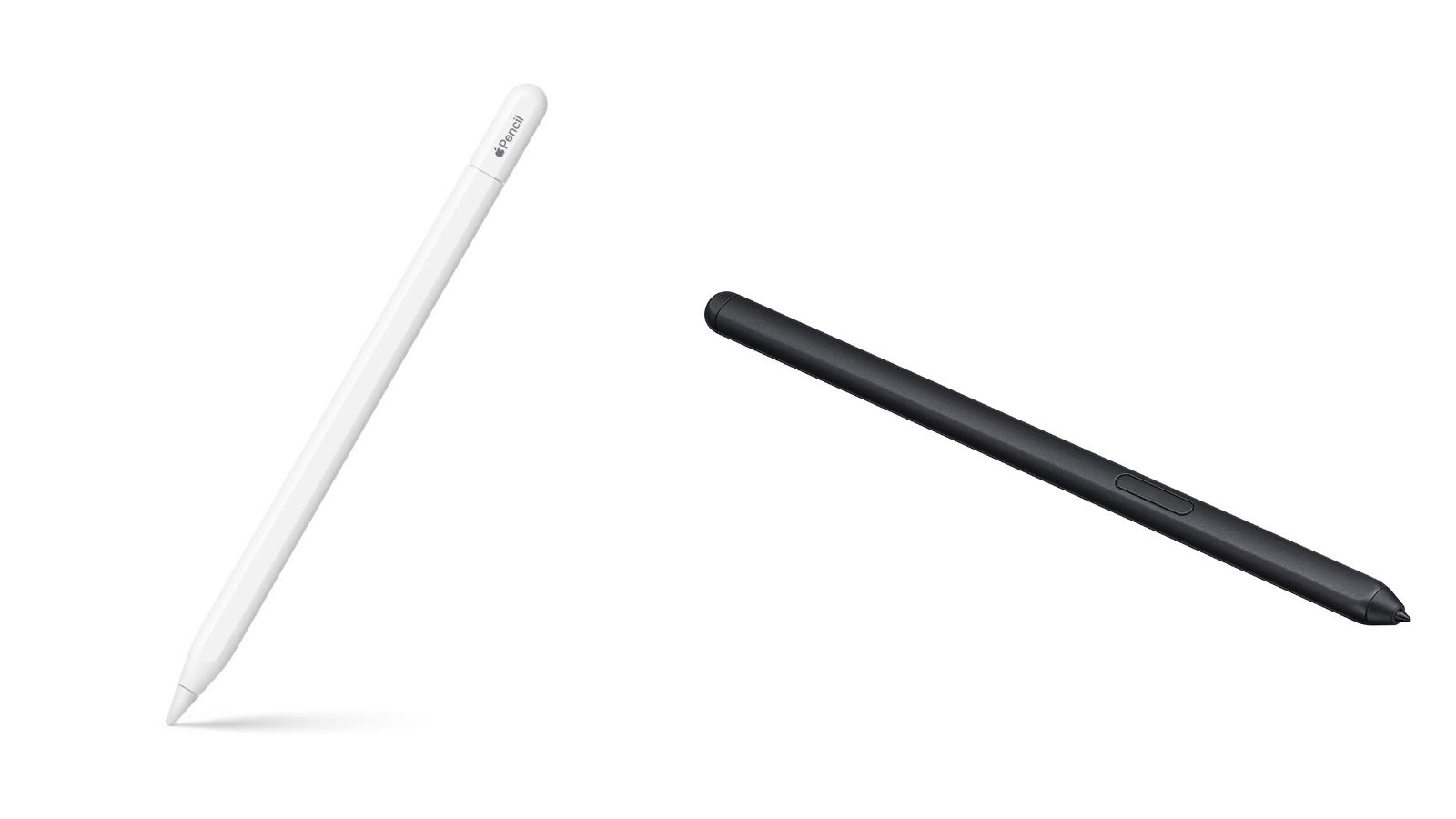
For professional creative work on a tablet, a good stylus is a must, and both Apple and Samsung tablets work with styluses that offer pressure sensitivity, tilt sensitivity, palm rejection and minimal latency. In both cases, the drawing experience is superb.
Apple's latest iPads allow for the use of its next-gen stylus, the Apple Pencil Pro. This incorporates the Wacom-like feature of 'hover' which allows it to activate before you touch the nib to the glass, as well as physical squeeze controls for quickly switching between tools.
The S-Pen, meanwhile, isn't quite so sophisticated, but is a brilliant stylus with a delightfully lightweight feel. It's a pleasure to use and draw with.

However, the S-Pen does have one solid advantage – it’s bundled in. Buy a Samsung Galaxy tablet that has pen support, and it will come with the S-Pen in the box. Meanwhile, Apple users who want a stylus will have to add on an extra $100 or more to the cost of their already expensive tablet.
Google Play vs App Store
Another difference in the operating systems is in the experiences of buying from their respective stores. Apple’s App Store is a highly polished experience. There are loads of apps to choose from, and in many cases they are specifically optimised for tablet use, meaning they’ll look great on an iPad screen.
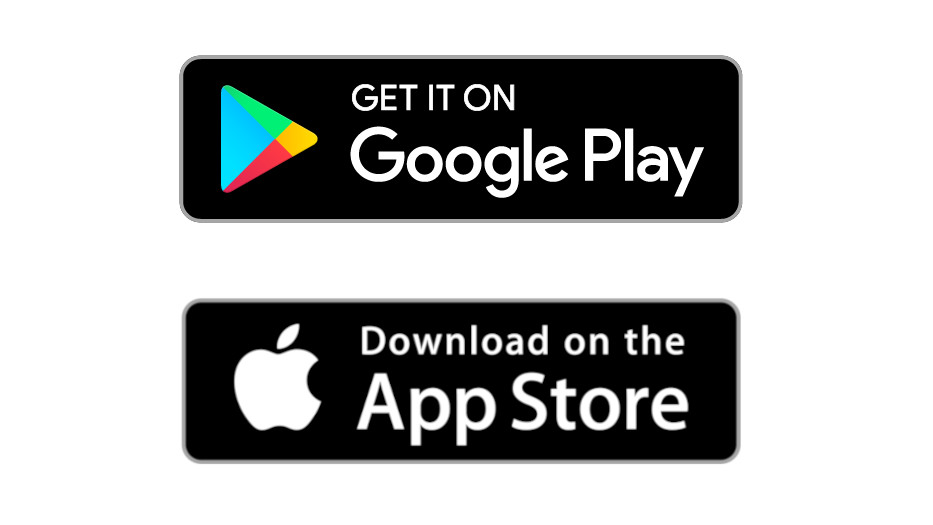
On Google Play, the standards and supervision for what gets on there are much lower. This can make the store more exciting and interesting to explore, but it also has its downsides. It’s hard to be sure exactly what you’re getting with some Android apps until you download them, and the increased complication of making apps work across the many Android devices has caused some developers simply not to bother making their apps work for Android, and to stick on the simpler iOS App Store.
iPads vs Samsung tablets: which should you choose?
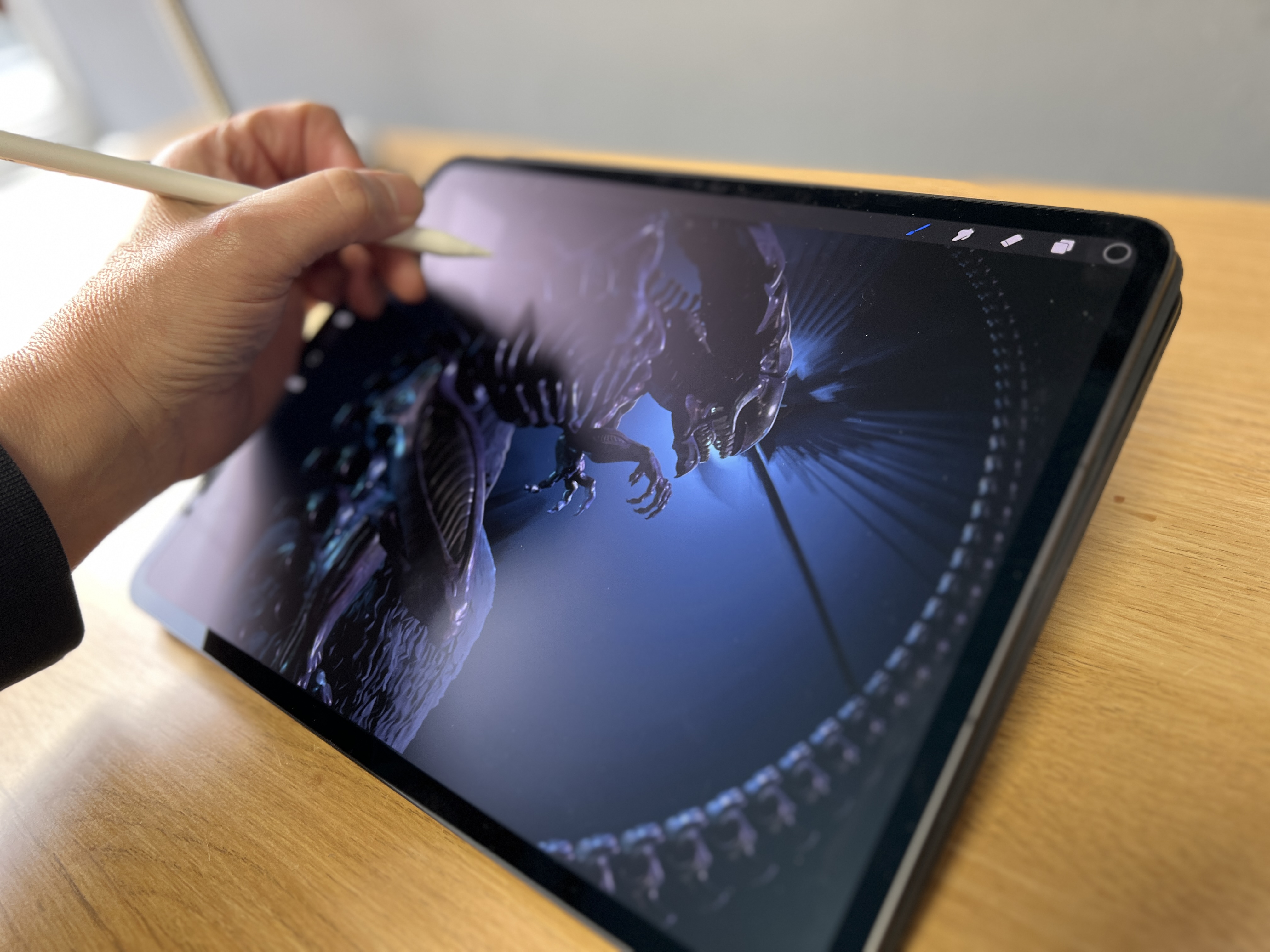
If you’re a pro creative who needs the best, then we’d say get one of the best iPads. Smooth in operation and very fast, the iPad Pro and iPad Air ranges have been given a new lease of life thanks to Apple's M-series chips, and they're the better option if you're looking a tablet that has the power of some laptops. If you're an illustrator then you'll also want Procreate, which is only available on the iPad – see our iPad with Procreate guide.
However, if you want something with more freedom, more customisability, or just more functionality for the money, then we’d recommend looking at a Samsung Galaxy tablet. With competitive price tags and styluses included, they offer serious value, and users at practically all levels should give them due consideration, especially if you want the larger screen offered by the Ultra. See below for a comparison of prices in your area.

Jon is a freelance writer and journalist who covers photography, art, technology, and the intersection of all three. When he's not scouting out news on the latest gadgets, he likes to play around with film cameras that were manufactured before he was born. To that end, he never goes anywhere without his Olympus XA2, loaded with a fresh roll of Kodak (Gold 200 is the best, since you asked). Jon is a regular contributor to Creative Bloq, and has also written for in Digital Camera World, Black + White Photography Magazine, Photomonitor, Outdoor Photography, Shortlist and probably a few others he's forgetting.
